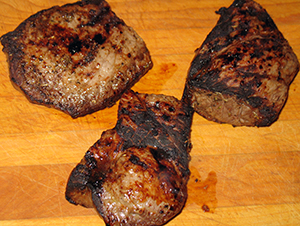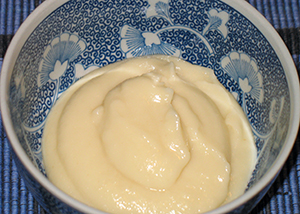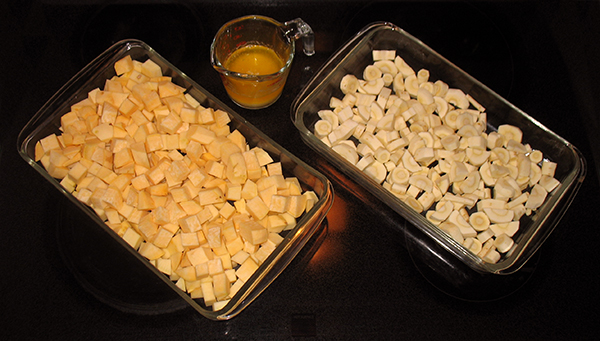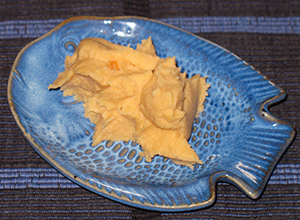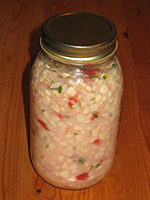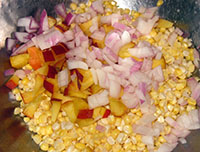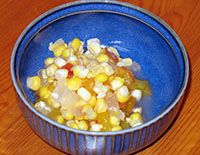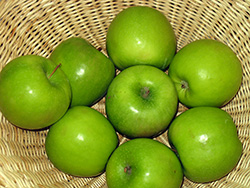Meat and fish stocks have been a staple of traditional cuisines for a long time. Consider the Japanese breakfast of fish broth with rice. French onion soup. Korean sol long tang (beef broth and thinly shaved beef brisket). Russsian chlodnik (shrimp soup).
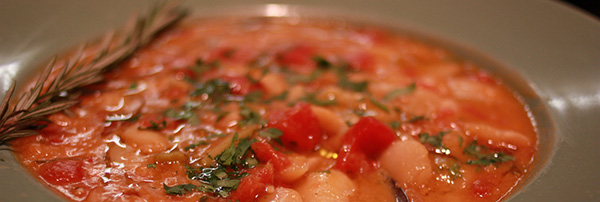
Yum! I want some right now! 😀
No question that a homemade soup based on homemade stock is delicious. Makes me wish for a do-over of my winter cooking this year. I didn’t make nearly as much soup as I’d intended.
 But homemade soup stock is great for a bunch other reasons too. Most of which I didn’t know before I read the book Nourishing Traditions.
But homemade soup stock is great for a bunch other reasons too. Most of which I didn’t know before I read the book Nourishing Traditions.
Broth Is Super Nutritious
Okay, I “knew” soup was nutritious. You hear it all the time. But I didn’t know why. And, honestly, most commercial soups aren’t, because they’re made with cheap hydrolyzed vegetable protein as a base instead of actual beef stock or chicken stock.
So why is meat and fish broth so good for us? Two reasons.
All the minerals present in bone, cartilage, and marrow are present in the broth, especially the biggies of calcium, magnesium, and potassium.
These minerals, plus those of any vegetables you’ve included in your stock-making, are present as electrolytes, a form that is particularly easy for the body to assimilate – that is, your body will take in more of them, more easily.
Broth Is Hydrophilic
“What?” I hear you say. I said it too!
Hydrophilic means it attracts liquids. Most raw foods are hydrophilic. When we eat them, the particles attract the digestive juices present in the gut, causing the food particles to be rapidly and thoroughly digested.
But most cooked foods are hydrophobic. That is, they repel liquids. And repel the digestive juices. Which means your body has to use (and make) more enzymes to accomplish digestion, and it takes longer.
The gelatin in stock possesses the unusual property that even after heating it is hydrophilic. It attracts liquid. So all those lovely vegetable chunks and meat pieces in your soup? They’re coated in broth and thus become far easier to digest.
When I was a young thing, the emphasis placed by my elders on digestibility seemed incomprehensible. You swallow your food; it’s digested; end of story. After I’d experienced indigestion – ouch! – their concern made more sense. And after I’d experienced years of a painful gut from eating soy products such as tofu, digestibility seemed paramount! (All better, BTW, now that I’ve been avoiding soy for nearly a decade.)
Broth Is Protein Sparing
I said “what?” to that one as well.
Here’s the thing: all living cells are composed of protein. Or, put another way, protein is essential to life.
Proteins are assembled from amino acids. And our bodies can build many of the amino acids we need. But not all. There are eight of them that must be supplied by our diet. All essential eight are present in their most assimilable form in meat.

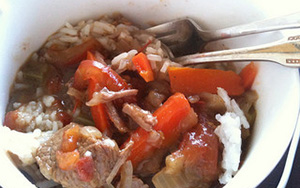 But meat is expensive. Plus, we now know that cooked meat is hydrophobic, which reduces the bio-availability of those amino acids.
But meat is expensive. Plus, we now know that cooked meat is hydrophobic, which reduces the bio-availability of those amino acids.
So how does this protein sparing thing work?
It has to do with the protein in broth gelatin. The protein in broth gelatin is not complete. That is, it does not contain all eight essential amino acids. In fact, it’s mostly composed of two: arginine and glycine.
But meat broth (and fish broth) gelatin has another special property. It allows the body to more fully utilize the complete proteins that are eaten with it.
In other words, the chunks of beef in a beef stew (with its broth) will give you much more protein than the same amount of beef sliced from a roast. For those of us on a budget, soup with homemade stock is our friend. 😀
So how do you make soup stock?
I’ll confess that I make more chicken stock than any other, because it’s the easiest. Here’s how I do it.
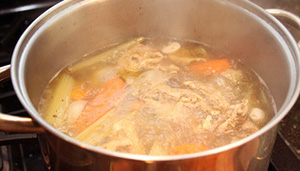 Chicken Stock Recipe
Chicken Stock Recipe
bones & necks from 2 free-range chickens
4 quarts cold, filtered water
2 tablespoons vinegar or whey
1 large onion
6 whole cloves
1 bay leaf
2 large carrots, peeled
3 celery sticks
Put the chicken bones into a large pot, fill it with the water, and add the vinegar (or the whey – the liquid that runs off yogurt). Let it sit for an hour. This allows the acidic water to draw the minerals, especially calcium, out of the bones and into the liquid.
Stick the cloves into the onion.
Bring the soaking bones to a boil. Skim the foam that rises to the top. Reduce the heat, put the onion and the bay leaf in, cover, and simmer for 4 hours. Add the vegetables and simmer for another 2 to 6 hours.
Remove the chicken bones and wilted vegetables with a slotted spoon. Let the stock cool. Strain it through a seive and pour it into jars to store. It will stay good for 5 days in the fridge, several months in the freezer.
Use as a base for soups and sauces. Plain broth with some salt added makes a great breakfast addition.
For more about nutrition, see:
Grass Green
Handle with Care
For more about food chemistry, see:
Electrolytes iin Solution
Essential Amino Acids
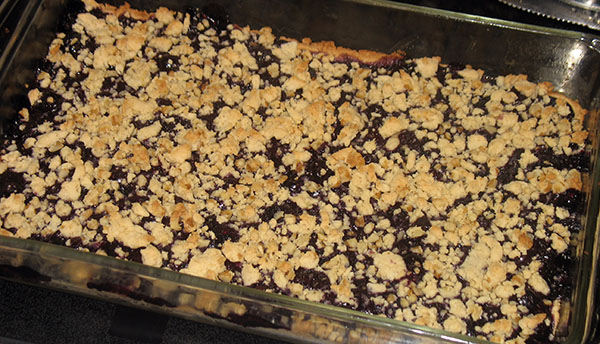


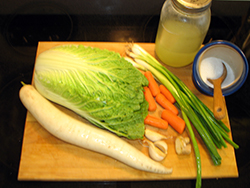

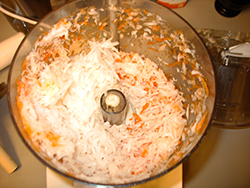
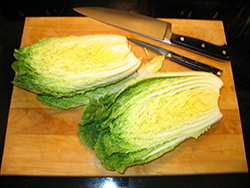
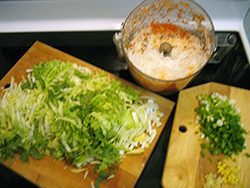
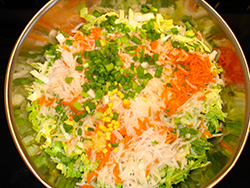
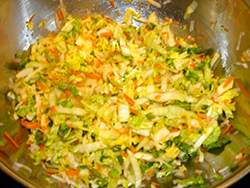
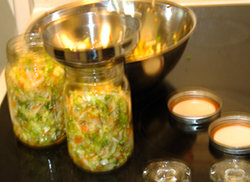
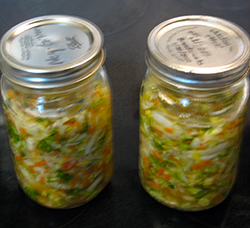
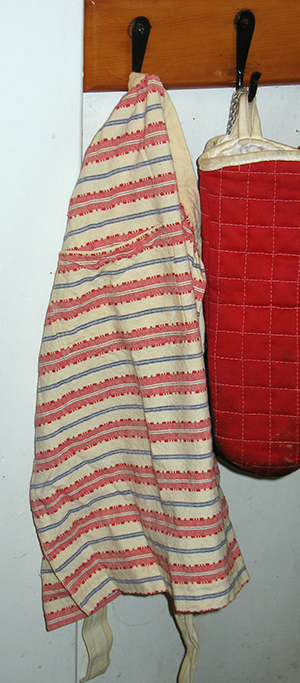
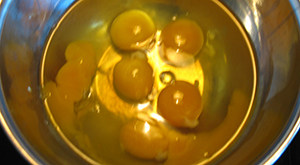
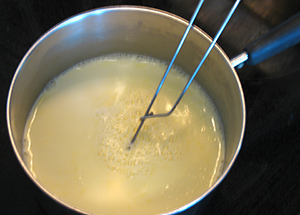
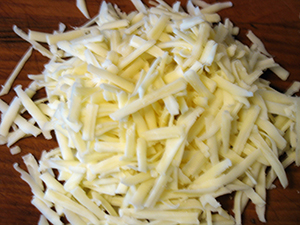
 2 •
2 • 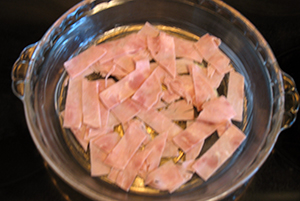 5 •
5 • 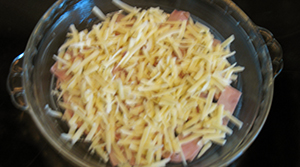 9 •
9 • 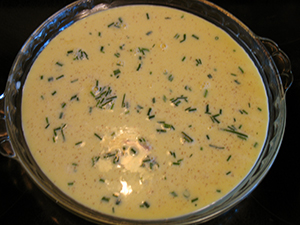 12 •
12 • 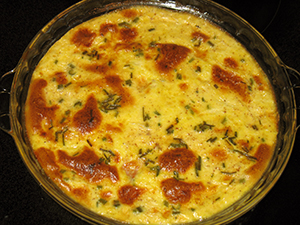 14 •
14 • 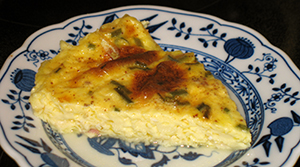 15 •
15 • 
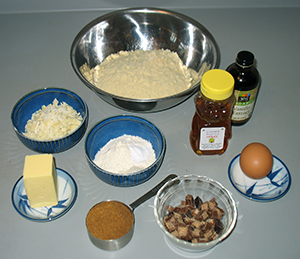

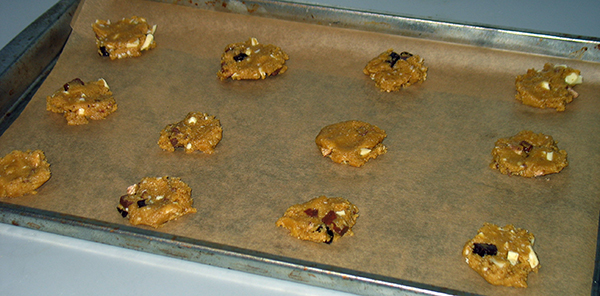


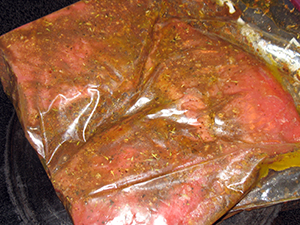
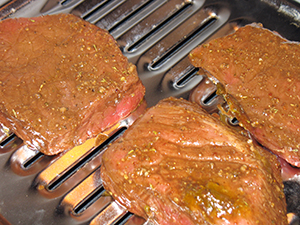 Directions
Directions